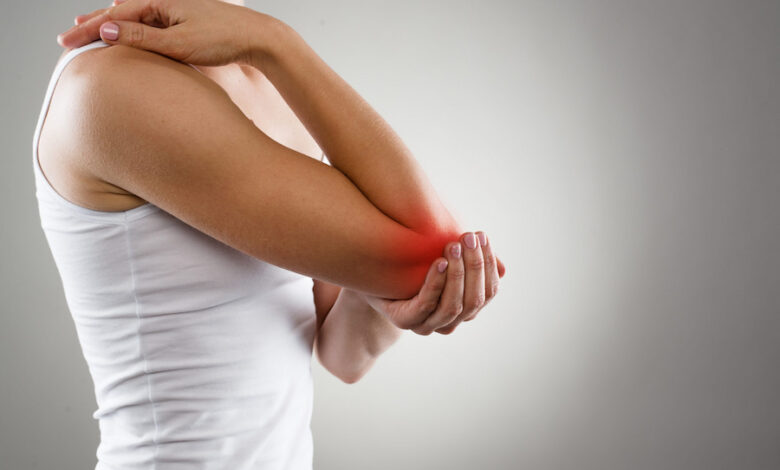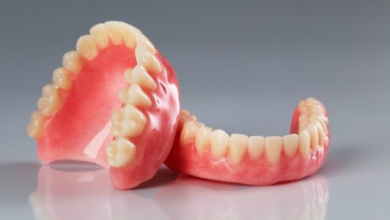How to Prevent Tennis Elbow from Getting Worse?

Perhaps you’ve had tennis elbow in the past and wish to prevent a recurrence. If you work as a painter or a carpenter, for example, you may be more susceptible to it & would prefer to prevent it altogether. You may inspire by the memories or by the concept of inflamed tendons producing discomfort from your elbow to your wrist. It turns out that you have several options for maintaining a contented, functional elbow. Tennis elbow treatment UK offers a range of specialised therapies and interventions to effectively manage and alleviate the discomfort associated with this common condition.
Tennis Elbow: What Is It?
Your forearm extensor muscles, which elevate your fingers & wrist, have their tendon origin at the lateral epicondyle, the elbow’s outer bony prominence. Among these tendon origins, a wrist extensor known as ECRB may get painfully degenerated from repeated microtrauma, ageing, or prolonged use. Tennis elbow makes it difficult to grasp since you have to extend your wrist to do so.
How Can I Prevent It?
1. Exercises That Build Strength
They should lessen your risk of developing tennis elbow by enhancing muscle strength, and tendon quality, reducing tennis elbow pain. The goal of eccentric exercise is to strengthen your extensor muscles as they’re being stretch. It balances the tension in the fibres & maximises adaptability in the tendon. Use a water bottle that holds 500 ml to 1 l of liquid.
Perform ten to fifteen repetitions three times every day, stretching the muscle for 20 seconds after each session. Your muscular strength & tendon quality ought to improve dramatically if you perform this for eight weeks. The most effective way to prevent tennis elbow may be to build up your muscles and tendons through these workouts. If you’re feeling particularly in danger or have had difficulties in the past, you may tackle the conditions listed below.
2. Tennis Strategy
It is believed that a specific trigger is the backhand stroke. A lot of us have poor technique, but we are all capable of becoming better at it. If you play the single-handed backhand, it could be beneficial to work with a coach to improve your grip & technique.
3. String Tension, Balance of the Racket, And Grip Size
In my recommendations to tennis elbow sufferers, I frequently suggest double-wrapping the racket handle. It not only enables them to hold the racket less delicately, but it also brings the balance of the racket closer to the hand, offloading the tendon in the process.
Another factor that may impact the forces acting over the elbow is string tension. A greater degree of control is provid by a high-tension, but more forces are transmitted via the elbow. You might want to experiment with a little less string tension.

What Should You Do If Tennis Elbow Has Already Set In?
The majority of patients (about 80%) are going to recover on their own over a year, to start with. You may implement steps to facilitate a quicker recovery. Exercise is the first step. These are effective, and there is strong proof for that. Make yourself aware that it may require these workouts for two to three months to see results, so keep at it!
Next, think about the techniques mentioned in points 2 and 3 and determine if you can tackle the likely sources of your issue. Whenever playing tennis, you may choose to use a forearm clasp brace. Many are on the internet.
One with a compression pad which concentrates pressure over the muscle wad on the outside of your forearm around 3–4 cm below the elbow joint is what experts would advise. Compressing the muscle right above the tendon’s origin is suppose to unload the origin itself. Although the data for these braces is conflicting, some studies indicate that they are beneficial and they won’t hurt.
You ought to ask for a referral to an upper limb surgeon if these measures don’t work and the discomfort has persisted for three months or longer. Other less prevalent reasons for lateral elbow pain will also rule out by your surgeon. If tennis elbow is the cause, they might suggest platelet-rich plasma injections.
They are performe while you are awake and enable focused blood cells to be inject into the tendon to give it a biological “kick-start” to aid in the healing of your degenerate tendon. . These reduce the likelihood that you will require elbow surgery in about 70% of people.
Experts advise you to stay away from cortisone (steroid) injections. It is because while providing effective short-term relief, those have been demonstrated in high-quality research to extend tennis elbow and hinder the effectiveness of physiotherapy activities. A steroid injection increases your risk of experiencing pain at one year compared to no treatment.
Final Words
Finally, preventing tennis elbow from getting worse requires a mix of good methods, enough rest, focused exercises, & ergonomic changes. People can control their disease, relieve discomfort, and preserve their general well-being by following these preventive practises. To maintain long-term well-being and lessen the effects of tennis elbow, it’s essential to pay attention to one’s health, obtain professional advice whenever necessary, and make thoughtful decisions.
Also, read this: Traumatic Brain Injury Lawyer





